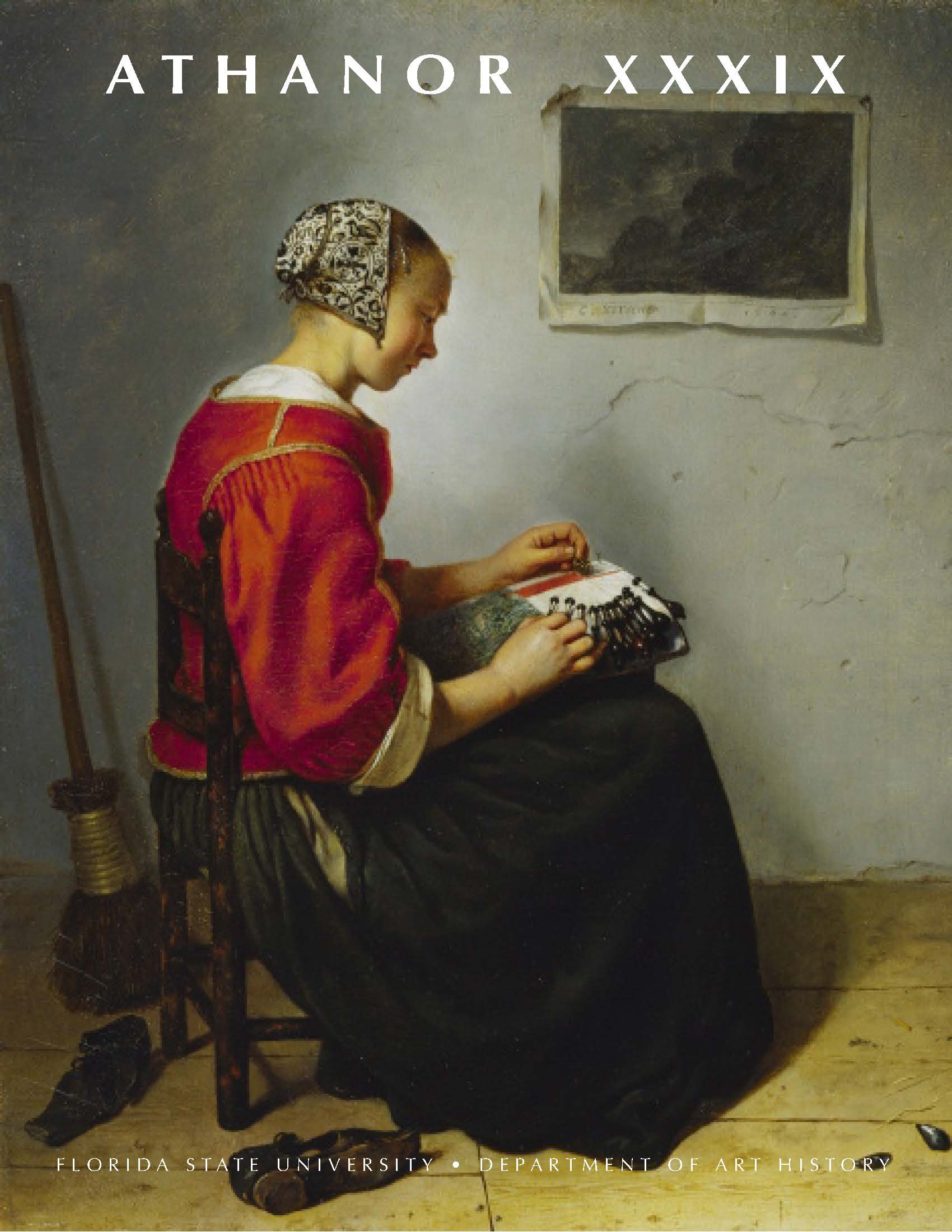摘要
The few published analyses of Caspar Netscher’s Lacemaker (1662) conclude that Netscher captured a straight-forward portrayal of a middle-class housewife modeling ideal feminine domestic virtue. I contend that previously overlooked ambiguities in Netscher’s canvas complicate this simplistic interpretation, in which details, such as the elegant red bodice and sturdy, unfashionable skirt, confuse rather than clarify this space and the woman depicted. Considering the artist’s visual cues within the sociohistorical context of the work, I theorize that The Lacemaker represents a German immigrant and a maidservant working in a middle-class household, rather than a Dutch housewife as specialists have maintained. By centralizing a working-class migrant, Netscher challenged the expectation that Dutch genre paintings should construct and reinforce ideals of feminine domesticity as a singularly middle-class endeavor. He also challenged biases about outsider identities circulating at the time. Given the negative stereotypes of both maidservants and German migrants, Netscher portrayed this figure in a revolutionary manner: as a woman caught between cultures who, like Dutch women, embodied industriousness and virtue. However, this sympathetic vision did not arouse support in The Hague. Netscher’s Lacemaker became an anomaly in his oeuvre, its perplexing details and apparent modesty out of fashion.
##submission.copyrightStatement##
